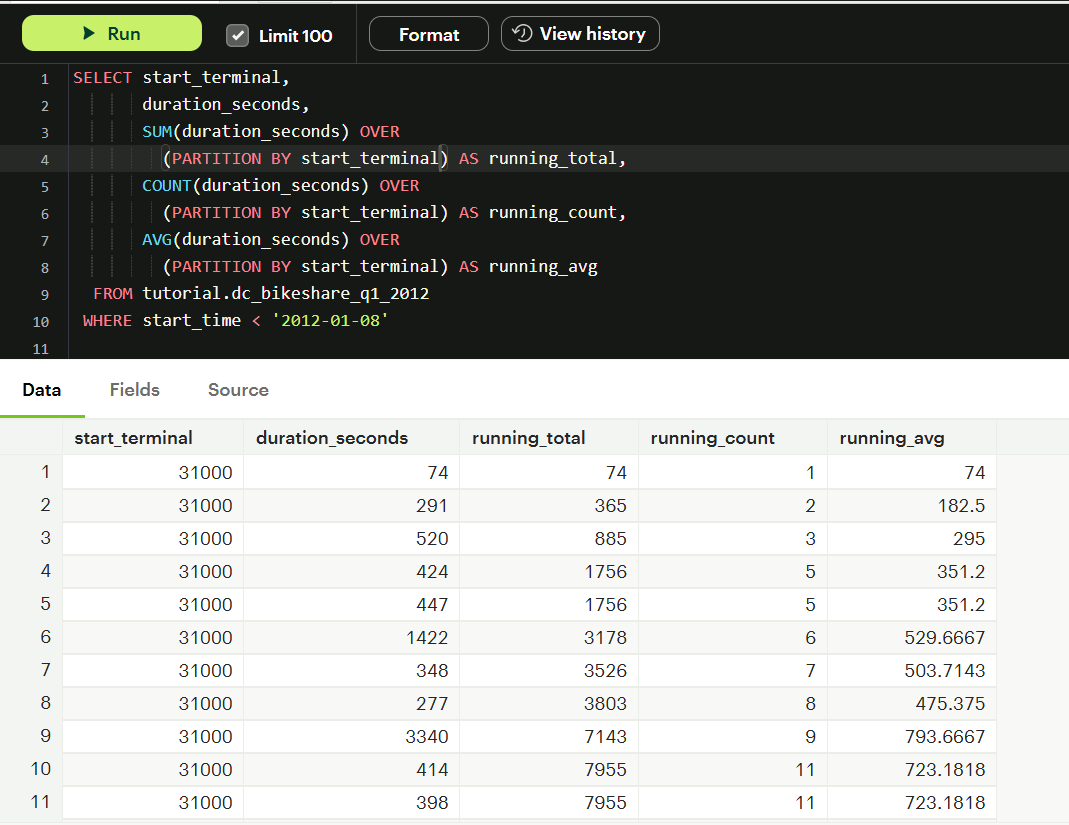CTEs vs Subqueries in SQL: What’s the Difference and When to Use Them?

Introduction SQL allows you to write flexible and powerful queries using subqueries and Common Table Expressions (CTEs). Both help break down complex logic, reuse code, and improve readability but they work a bit differently. What is a Subquery? A subquery is a query inside another query. Below is a query which shows customers whose remaining amount is above the average. SELECT [Customer No_], [Remaining Amount] FROM [Customer Ledger Entry] WHERE [Remaining Amount] > ( SELECT AVG([Remaining Amount]) FROM [Customer Ledger Entry] ); What is a CTE (Common Table Expression)? A CTE is a temporary result set you can reference in a main query. It starts with the WITH keyword and improves readability, especially with multi-step logic. -- Step 1: Define the CTE WITH AvgBalance AS ( SELECT AVG([Remaining Amount]) AS avg_balance FROM [Customer Ledger Entry] ) ...
